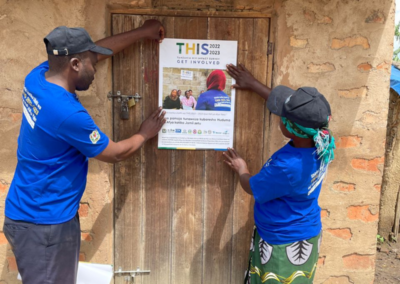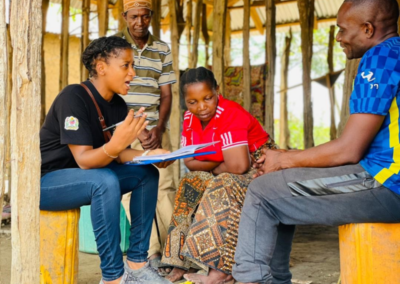
In Tanzania, summary results from a second Population-based HIV Impact Assessment (PHIA) demonstrates that the ...

In 2024, ICAP at Columbia University, in collaboration with national and local partners, will be supporting three ...

The Uganda Refugee Population-based HIV Impact Assessment (RUPHIA 2021) measured the impact of the national HIV ...

The Tanzania HIV Impact Survey (THIS 2022-2023) reached a major milestone last month when the survey teams ...




